
Matt Davies
Each day in the UK alone, eight million disposable nappies are thrown away and sent to landfill where they take up to 500 years to degrade. Here they emit harmful greenhouse gases in the form of methane, which contributes to climate change.
Use these practical tips & ideas to make an informed decision on reusable nappies vs disposable.
Number Crunching
It makes no sustainable sense
Before we jump in and compare reusable nappies vs disposable, let’s calculate how many nappies an average baby gets through. Babies are typically in nappies for their first 2-3 years, where at first, they’ll go through an average of 12 nappies per day. As they get older this number will diminish to 4 – 6 per day. Therefore, if we take 8 nappies per day as a mean average, that equates to 2,920 nappies per year or 7300 nappies in 2.5 years!
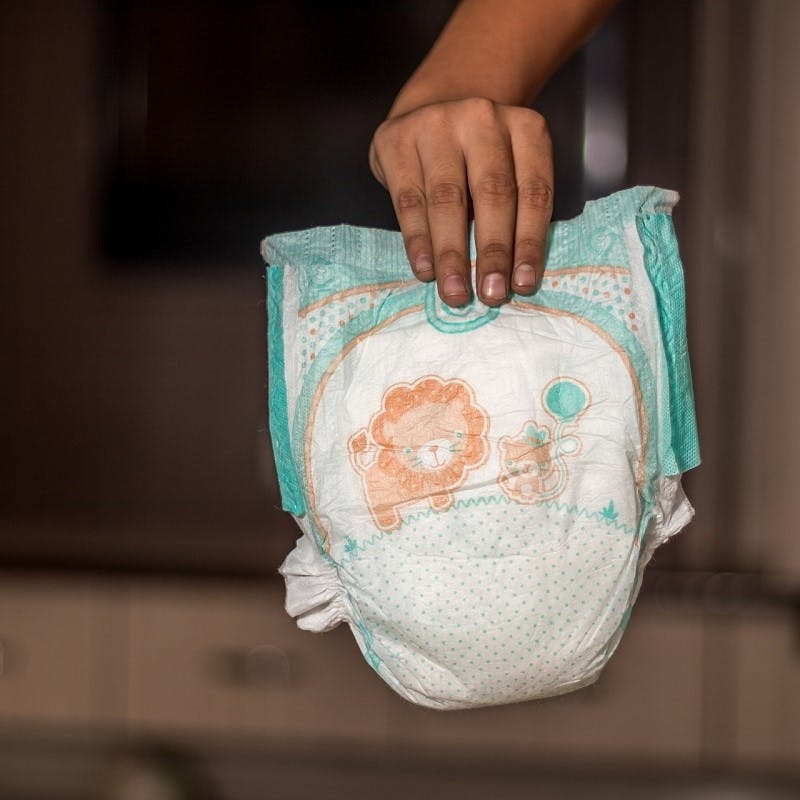
Reusable nappies vs disposable ...ditch the latter!
In a world where the use of plastic straws is a social crime, why is nobody talking about disposable nappies?
Each day in the UK alone, eight million disposable nappies are thrown away and sent to landfill where they take up to 500 years to degrade. Here they emit harmful greenhouse gases in the form of methane, which contributes to climate change. Unfortunately, there aren’t yet any widely available recycling options for disposable nappies. Not to mention all the disposable wipes, packaging waste, and garbage bags used in nappy changing.
What’s more, one must consider the detrimental environmental impact in the manufacturing of throw away diapers. A disposable nappy is made of wood pulp, which uses gallons of water and creates additional waste that needs to be treated on-site. Furthermore, disposable nappies contain chemicals such as sodium polyacrylate as an absorbent and dying agents to make them white. The former has been linked to toxic shock syndrome and the latter to skin irritations.
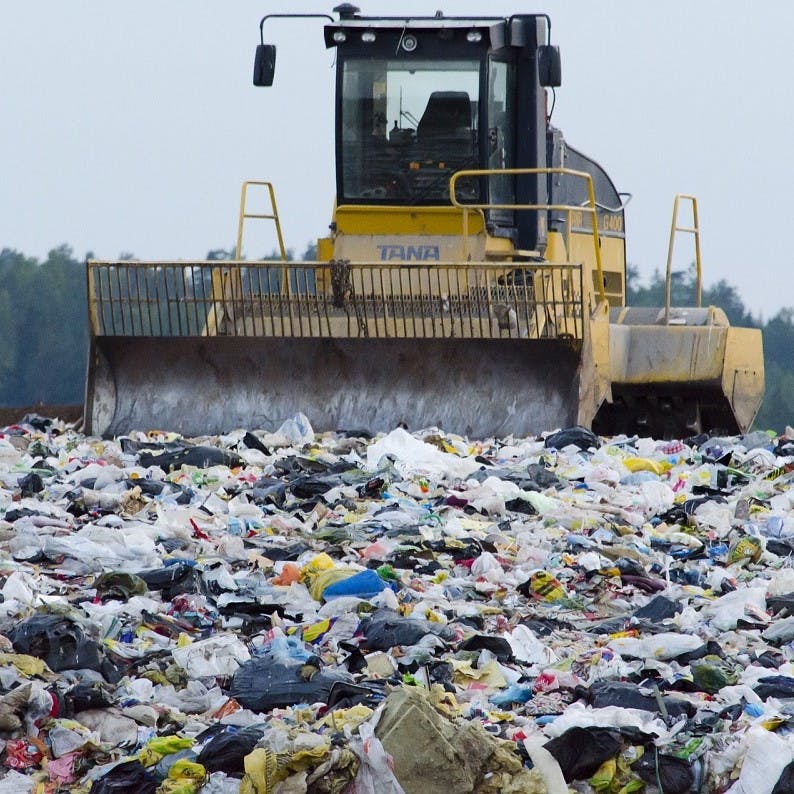
With one cup of oil in each nappy and 450 billion nappies entering landfills or our oceans every year – nappies are a dirty business.
Kim Graham-Nye

Take action now
Do you want to have a direct impact on climate change? Sir David Attenborough said the best thing we can do is to rewild the planet. So we run reforestation and rewilding programs across the globe to restore wild ecosystems and capture carbon.
Get involvedBiodegradable Disposables
Bamboo is the new plastic
Biodegradable disposable nappies are made from different materials, like bamboo, fabrics and paper pulp. They use a non-chemical absorption method. When you throw them away, they decompose more quickly than ordinary disposable nappies.
These nappies are better for the environment than ordinary disposable nappies, but they can be more expensive and are notorious for blocking up toilets – people assume biodegradable means flushable.

Washable Cloth Nappies
Cloth nappies are 40% less harmful to the environment than disposables and they can be used over and over.
WRAP (the Government’s Waste & Resources Action Programme) has calculated that households that use cloth nappies reduce their household waste by up to half compared to those continuing to use disposables.
However, even cloth nappies, and depending on the material, have a ranging environmental impact. The biggest concern is the water usage, use of detergents, and energy for rinsing, washing and drying cloth nappies. Secondly, if your washable nappies are made from synthetic microfleeces, microsuedes, or microfibers, one must consider that when washing such synthetics, tiny plastic strands are released into our waterways. – Up to 700,000 fibres can be released in a single domestic wash!
For the most environmentally friendly nappies, you’ll want to look for organic cotton and other unbleached natural fibres such as bamboo and hemp. Both are more absorbent than synthetic washable nappies, don’t release plastic microfibres, help your child’s skin to breathe naturally as they do not contain any chemicals or gels.
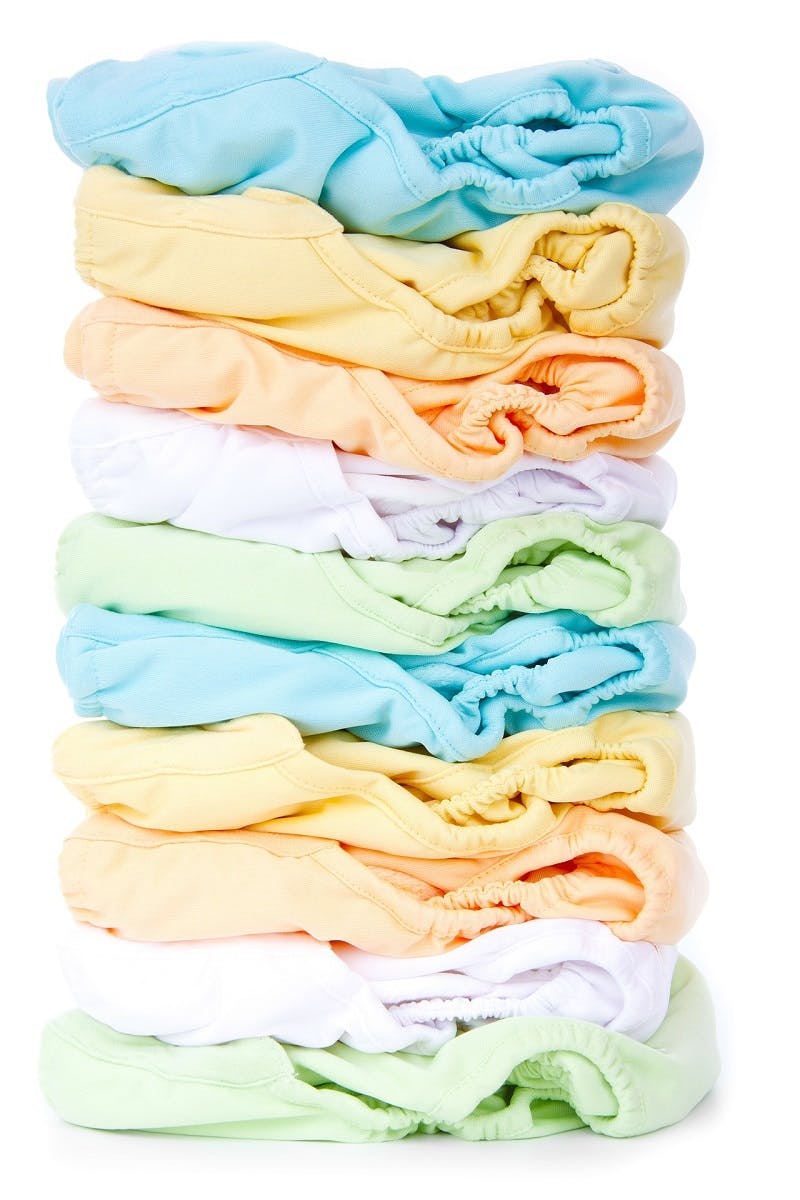

Reducing the impact of cloth nappies
5 environmentally friendly tips when washing reusable nappies
- Wash with biodegradable, phosphate-free detergents.
- Invest in plenty of nappies to do a full load of washing before running out of clean ones.
- Wash nappies on a cold-water cycle and drying them on a line in the sun outside.
- Use a front-loading washing machine, which uses less water.
- Use them on a second or third child.
If you are enjoying this article, we also recommend our Raising An Eco Baby guide.
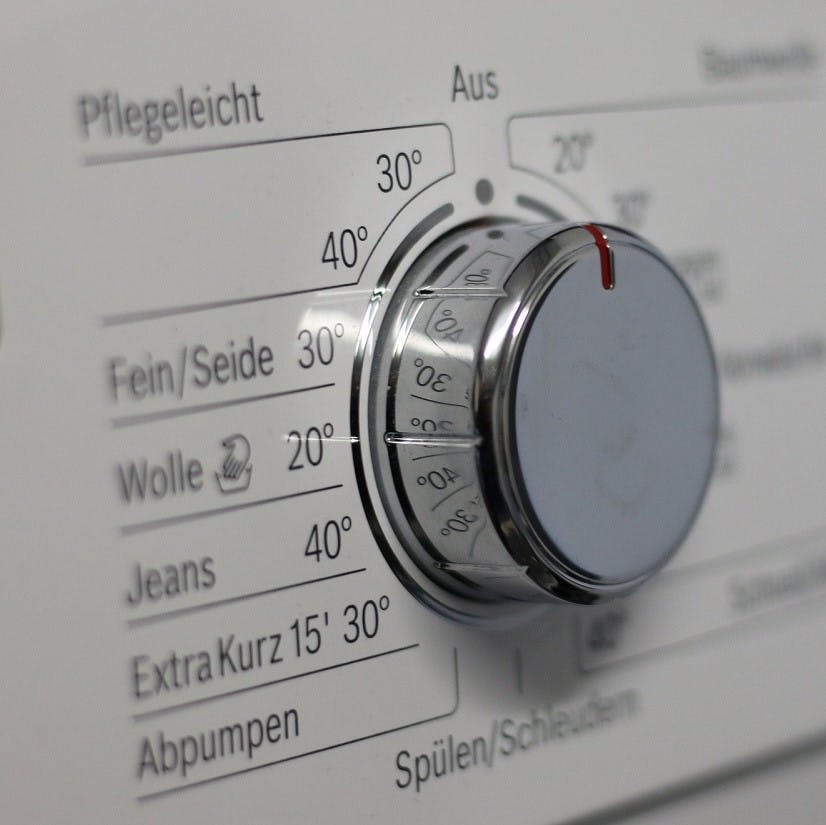
What’s the cost and second-hand suppliers?
Washable nappies could save you up to £500 per child and this price will rise if the nappies are reused for subsequent children. An initial one-off outlay of £300-400 is required for the nappies, but after that, you won’t need to pay out for disposable nappies as part of the weekly shop. There are a number of sites that specialise in selling second-hand washable nappies, to make even greater savings.
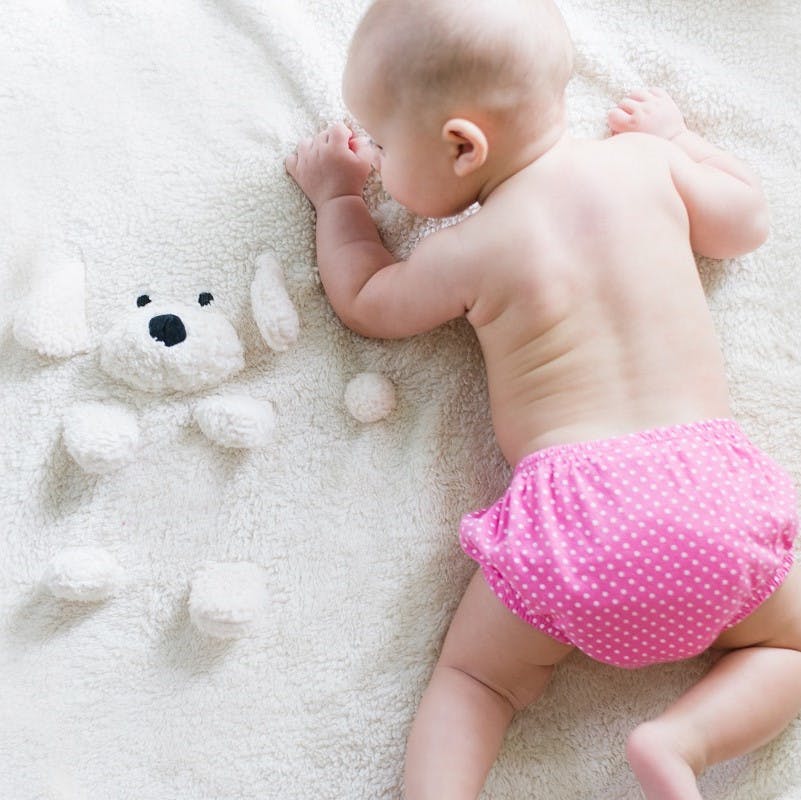

Sources & further reading

- “The ‘Real Nappies for London’ Scheme 2007-2012: Key Findings to Drive a Future Waste Prevention Agenda Through Landfill Reduction” - The Journal of Solid Waste Technology and Management
- “A review of municipal solid waste composition in the United Kingdom” - Science Direct
 Ditch non-biodegradable disposables to minimise landfill.
Ditch non-biodegradable disposables to minimise landfill.